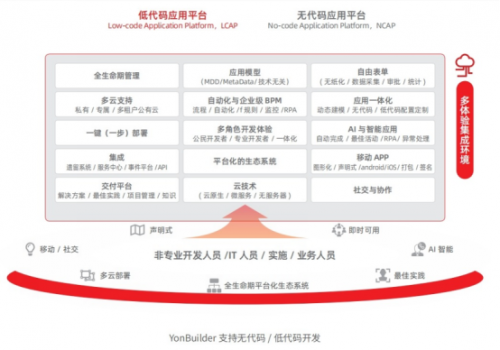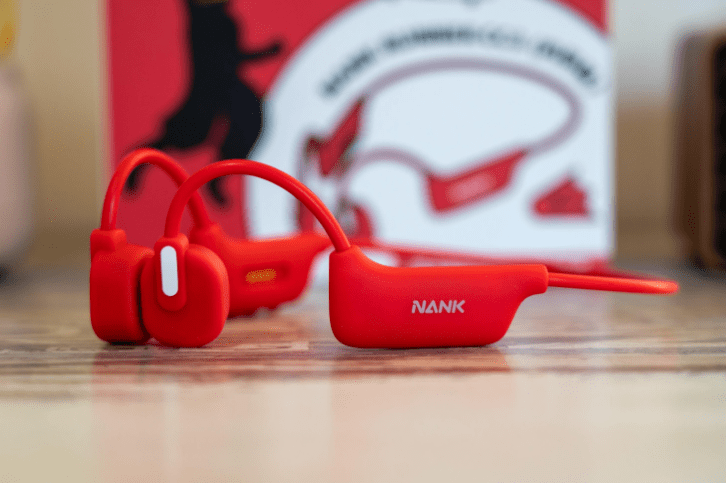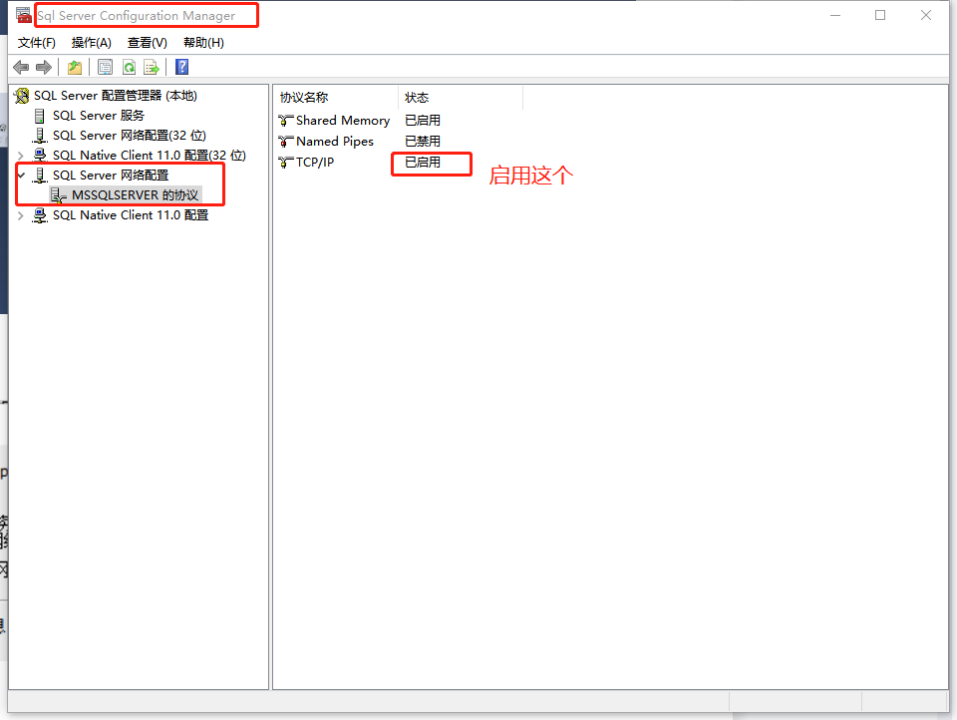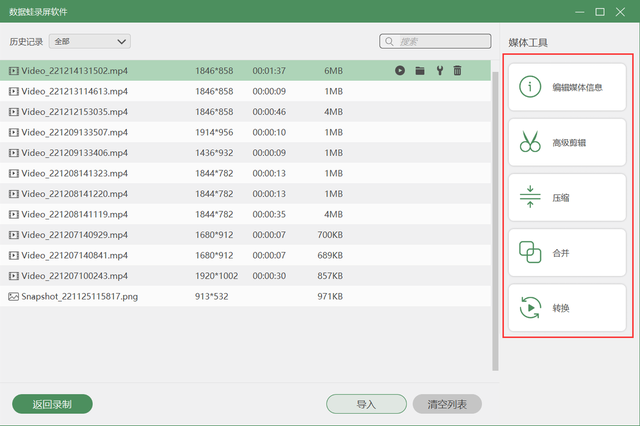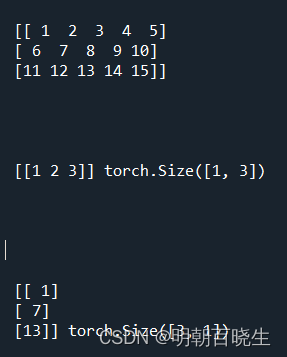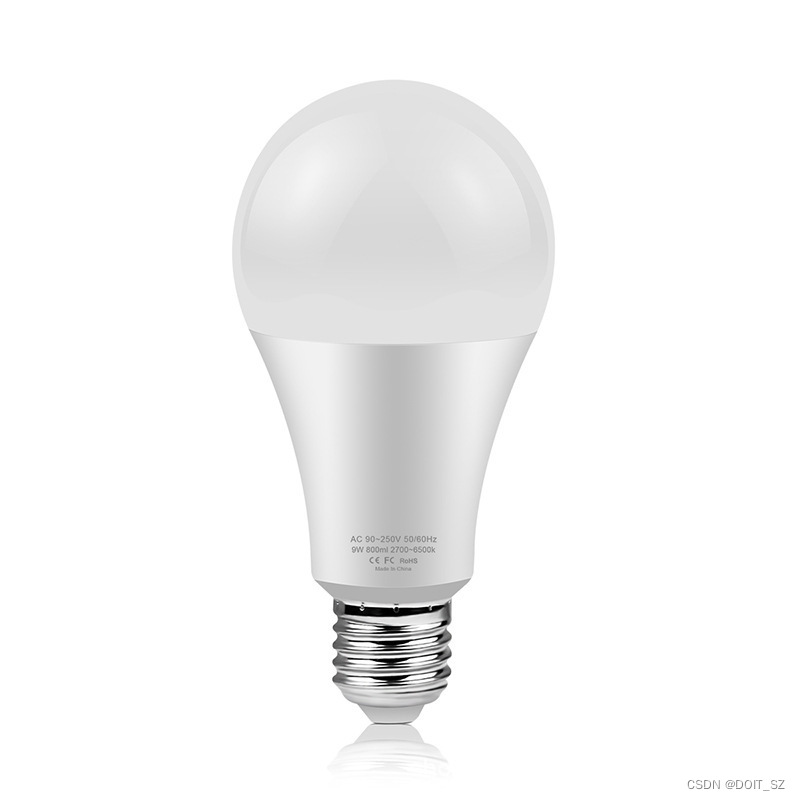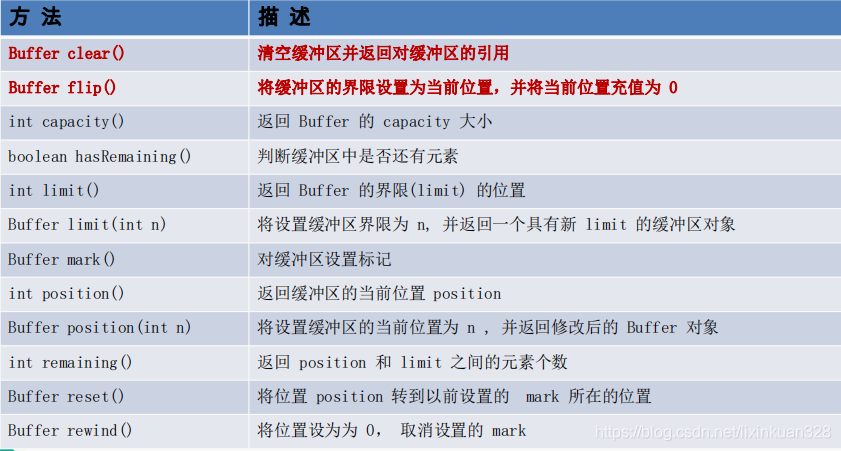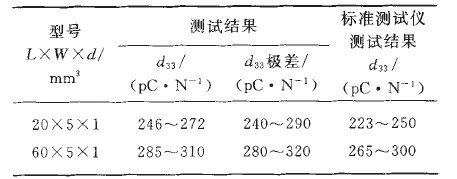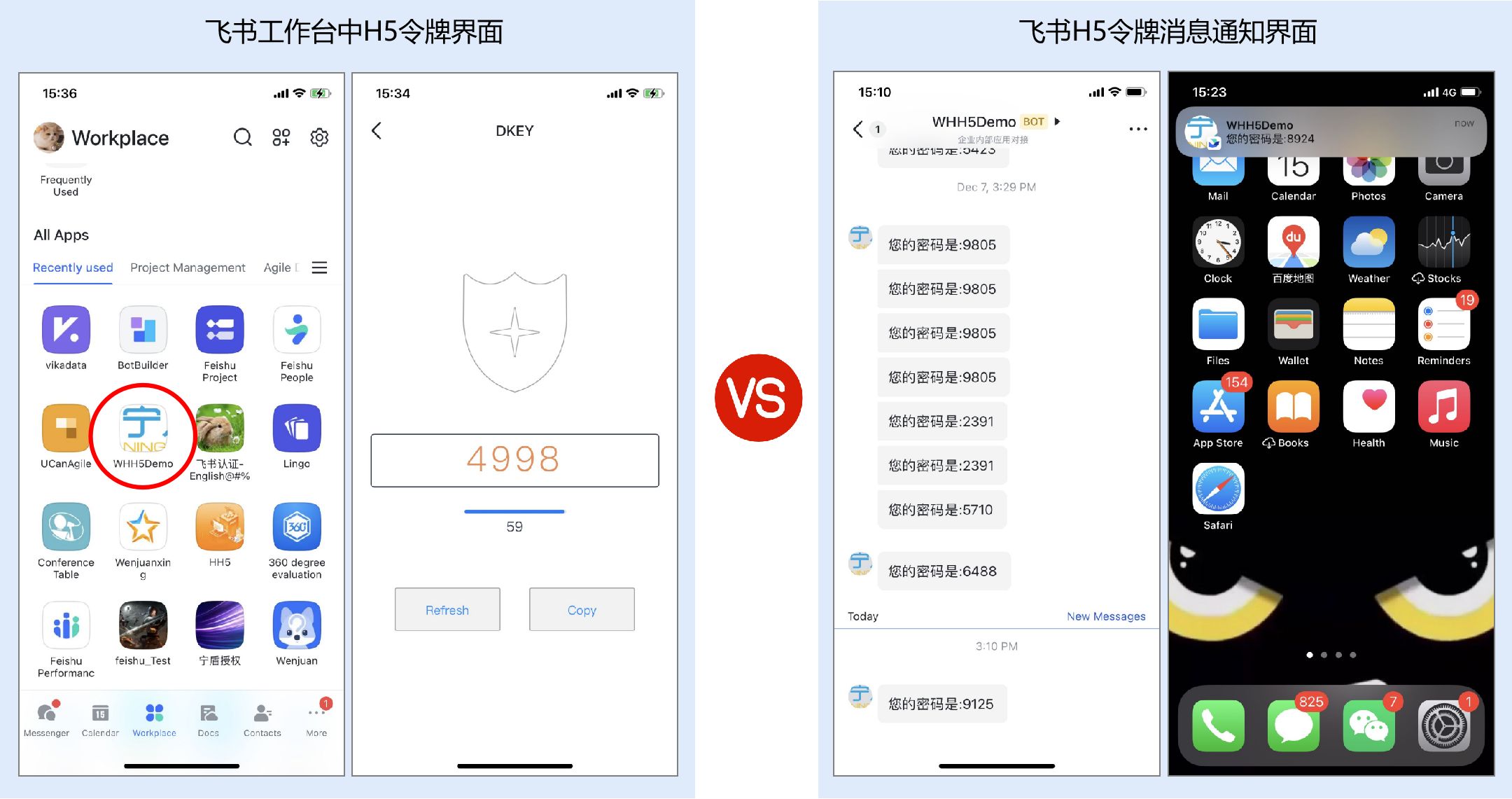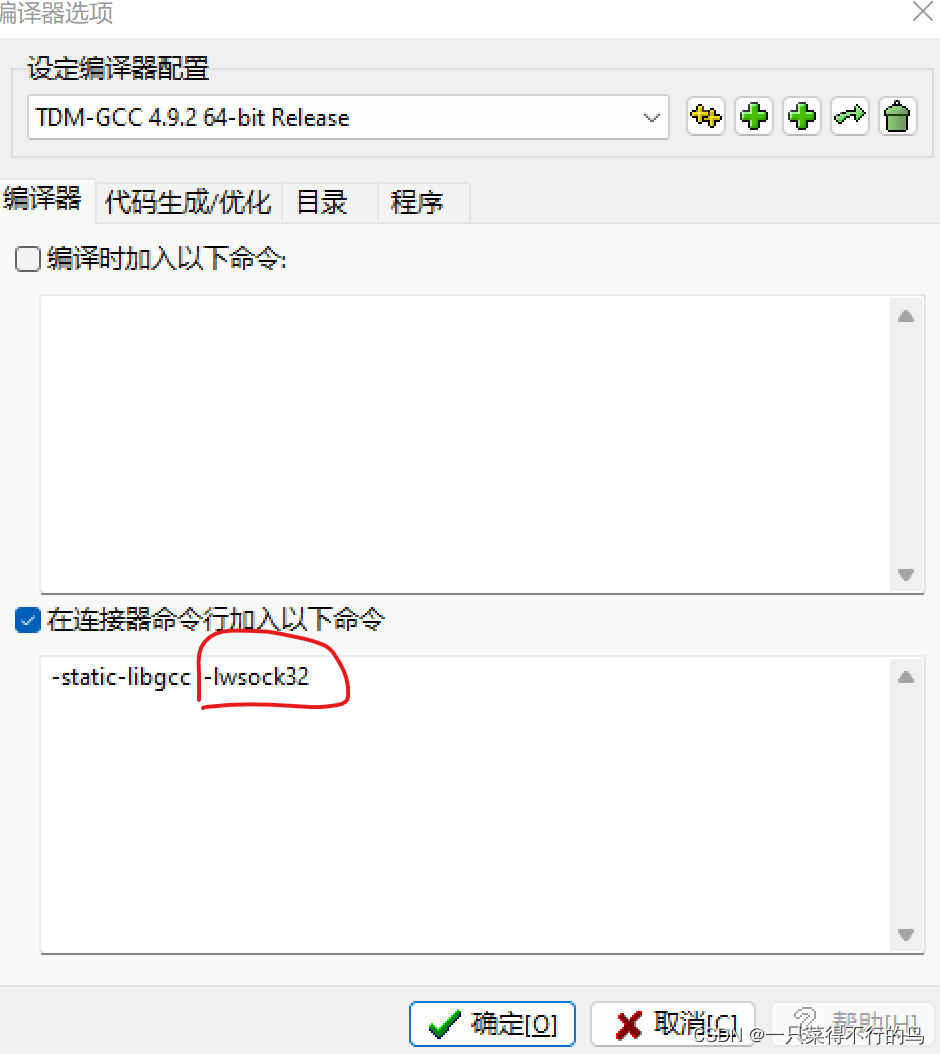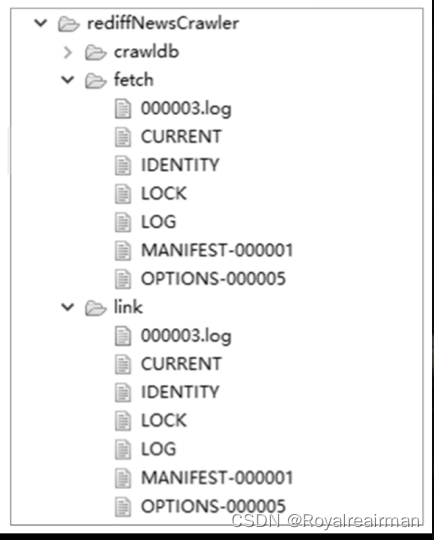SpringSecurity——OAuth2框架鉴权实现源码分析
- 一、ManagedFilter迭代过滤器链
- 1.4 springSecurityFilterChain
- 1.4.7 OAuth2AuthenticationProcessingFilter
- ①.OAuth2AuthenticationProcessingFilter.class
- ②.CookieTokenExtractor.class(我们自己重写的方法)
- ③.BearerTokenExtractor.class -> extract()
- ④.返回OAuth2AuthenticationProcessingFilter.class继续如下
- ⑤.OAuth2AuthenticationDetailsSource.class
- ⑥.OAuth2AuthenticationManager.class
- ⑦.DefaultTokenServices.class -> loadAuthentication(String accessTokenValue)
- ⑧.JwtTokenStore.class -> readAccessToken(String tokenValue)
- ⑨.OAuth2JwtAccessTokenConverter -> decode(String token) 我们重写的方法,这里略
- ⑩.JwtAccessTokenConverter.class -> decode(String token)
- ⑾.DefaultAccessTokenConverter.class -> extractAccessToken()
- ⑿.DefaultOAuth2AccessToken.class -> isExpired()
一、ManagedFilter迭代过滤器链
ManagedFilter管理这六条过滤器链,如图所示:
其中的第五条过滤器链springSecurityFilterChain是本文要讨论的对象。
0.characterEncodingFilter
1.WebMvcMetricsFilter
2.formContentFilter
3.requestContextFilter
4.springSecurityFilterChain
5.corsFilter
ManagedFilter.class -> doFilter()
public void doFilter(ServletRequest request, ServletResponse response, FilterChain chain) throws IOException, ServletException {
if (this.servletContext.getDeployment().getDeploymentState() != State.STARTED) {
throw UndertowServletMessages.MESSAGES.deploymentStopped(this.servletContext.getDeployment().getDeploymentInfo().getDeploymentName());
} else {
if (!this.started) {
this.start();
}
this.getFilter().doFilter(request, response, chain);//迭代下一条过滤器链
}
}
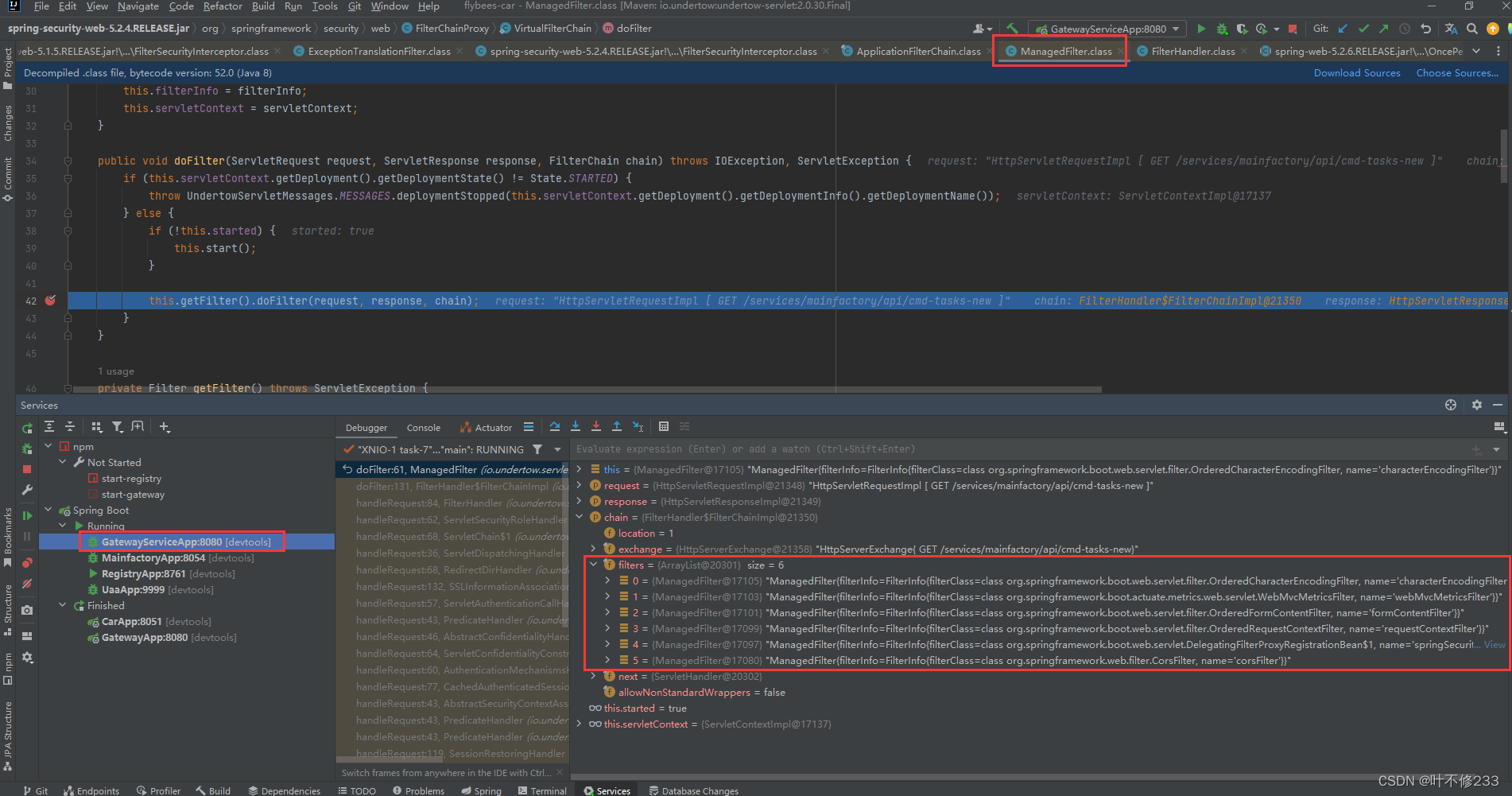
1.4 springSecurityFilterChain
在springSecurityFilterChain过滤器链中,首先初始化一个FilterChainProxy过滤器链代理对象,在这个过滤器链代理对象中有一个过滤器链集合,每一个过滤器链都有一组过滤器来处理不同的请求。
其中的第八条过滤器链OAuth2AuthenticationProcessingFilter是本文要讨论的对象,用于处理请求的鉴权。
FilterChainProxy.class --> doFilter()
public void doFilter(ServletRequest request, ServletResponse response) throws IOException, ServletException {
if (this.currentPosition == this.size) {
if (FilterChainProxy.logger.isDebugEnabled()) {
FilterChainProxy.logger.debug(UrlUtils.buildRequestUrl(this.firewalledRequest) + " reached end of additional filter chain; proceeding with original chain");
}
this.firewalledRequest.reset();
this.originalChain.doFilter(request, response);
} else {
++this.currentPosition;
Filter nextFilter = (Filter)this.additionalFilters.get(this.currentPosition - 1);//new了一个过滤器链代理对象
if (FilterChainProxy.logger.isDebugEnabled()) {
FilterChainProxy.logger.debug(UrlUtils.buildRequestUrl(this.firewalledRequest) + " at position " + this.currentPosition + " of " + this.size + " in additional filter chain; firing Filter: '" + nextFilter.getClass().getSimpleName() + "'");
}
nextFilter.doFilter(request, response, this); //迭代过滤器
}
}
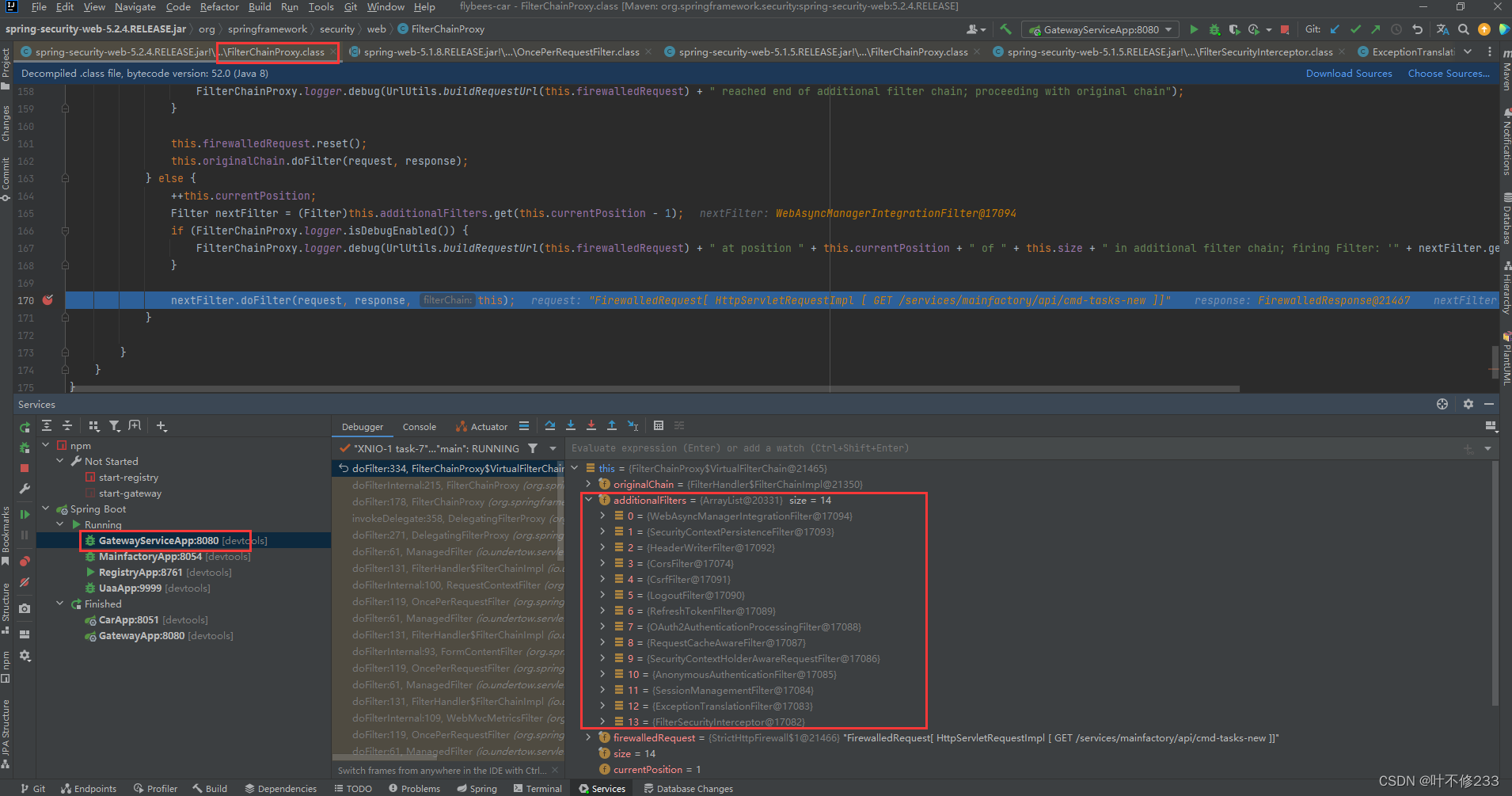
1.4.7 OAuth2AuthenticationProcessingFilter
OAuth2框架鉴权的核心内容是OAuth2AuthenticationProcessingFilter过滤器。这个过滤器下涉及到的类有以下12个类,大致作用是从请求中提取authentication,从authentication中获取token,判断是否为空,是否有效,是否过期。具体主要包含1-66个步骤的跳转和调用,详见代码中的注释。
①.OAuth2AuthenticationProcessingFilter.class
public void doFilter(ServletRequest req, ServletResponse res, FilterChain chain) throws IOException, ServletException {
boolean debug = logger.isDebugEnabled();
HttpServletRequest request = (HttpServletRequest)req;
HttpServletResponse response = (HttpServletResponse)res;
try {
//1.从请求中提取authentication,跳到②
Authentication authentication = this.tokenExtractor.extract(request);
......
}
chain.doFilter(request, response);
}
②.CookieTokenExtractor.class(我们自己重写的方法)
@Override
public Authentication extract(HttpServletRequest request) {
Authentication authentication = SecurityContextHolder.getContext().getAuthentication();
if (authentication != null) {//2.从SecurityContextHolder中提取authentication
return authentication;//3.如果拿到了,直接返回提取到的authentication
}
//4.如果没拿到,调用父类extract(request)方法,跳到③
return super.extract(request);
//22.带着token跳到④
}
@Override
protected String extractToken(HttpServletRequest request) {
String result;
//6.从cookie中提取authentication
Cookie accessTokenCookie = OAuth2CookieHelper.getAccessTokenCookie(request);
//7.如果拿到了,直接返回提取到的authentication
if (accessTokenCookie != null) {
result = accessTokenCookie.getValue();
} else {
//8.如果没拿到,调用父类extractToken(request)方法,跳到③
result = super.extractToken(request);
}
//19.带着token,跳到C中的extract(HttpServletRequest request)
return result;
}
③.BearerTokenExtractor.class -> extract()
public Authentication extract(HttpServletRequest request) {
//5.调用子类中的extractToken(request),从请求中获取token
String tokenValue = this.extractToken(request);
//20.如果获取到了,包装token
if (tokenValue != null) {
PreAuthenticatedAuthenticationToken authentication = new PreAuthenticatedAuthenticationToken(tokenValue, "");
//21.返回包装后的authentication,跳到②
return authentication;
} else {
return null;
}
}
protected String extractToken(HttpServletRequest request) {
//9.调用本类中extractHeaderToken(request),从请求中获取token
String token = this.extractHeaderToken(request);
if (token == null) {
logger.debug("Token not found in headers. Trying request parameters.");
token = request.getParameter("access_token");
if (token == null) {
logger.debug("Token not found in request parameters. Not an OAuth2 request.");
} else {
request.setAttribute(OAuth2AuthenticationDetails.ACCESS_TOKEN_TYPE, "Bearer");
}
}
//18.带着token,跳到②
return token;
}
protected String extractHeaderToken(HttpServletRequest request) {
//10.通过请求头的key【Authorization】获取对应的值
Enumeration<String> headers = request.getHeaders("Authorization");
String value;
do {//11.遍历获取到的值
if (!headers.hasMoreElements()) {
return null;
}
value = (String)headers.nextElement();
//12.找到一个以"Bearer"开头的value,把这个value转换成全小写字母
} while(!value.toLowerCase().startsWith("Bearer".toLowerCase()));
//13.把这个value前面的"Bearer"裁掉并且去空格处理,存储到authHeaderValue中
String authHeaderValue = value.substring("Bearer".length()).trim();
//14.把OAuth2AuthenticationDetails.ACCESS_TOKEN_TYPE作为key,"Bearer"作为value存到request的attributte中
request.setAttribute(OAuth2AuthenticationDetails.ACCESS_TOKEN_TYPE, value.substring(0, "Bearer".length()).trim());
//15.找到数字44在authHeaderValue中的下标
int commaIndex = authHeaderValue.indexOf(44);
if (commaIndex > 0) {
//16.如果下标>0,也就是存在这个数字,就剪切开头到下标44所在的位置的值,重新赋给authHeaderValue
authHeaderValue = authHeaderValue.substring(0, commaIndex);
}
//17.否则直接返回authHeaderValue,跳到本类中的extractToken(HttpServletRequest request)
return authHeaderValue;
}
④.返回OAuth2AuthenticationProcessingFilter.class继续如下
public void doFilter(ServletRequest req, ServletResponse res, FilterChain chain) throws IOException, ServletException {
boolean debug = logger.isDebugEnabled();
HttpServletRequest request = (HttpServletRequest)req;
HttpServletResponse response = (HttpServletResponse)res;
try {
Authentication authentication = this.tokenExtractor.extract(request);
//23.判断authentication是否为空,如果为空,也就是这个请求未携带token
if (authentication == null) {
//24.如果this.stateless等于true,同时 SecurityContextHolder.getContext().getAuthentication()中的authentication不为空而且不属于匿名用户的authentication
if (this.stateless && this.isAuthenticated()) {
if (debug) {
logger.debug("Clearing security context.");
}
SecurityContextHolder.clearContext();
}
if (debug) {
logger.debug("No token in request, will continue chain.");
}
//25.如果请求中提取的authentication不为空
} else {
//26.把OAuth2AuthenticationDetails.ACCESS_TOKEN_VALUE作为key,authentication.getPrincipal()作为value存到request的attributte中
request.setAttribute(OAuth2AuthenticationDetails.ACCESS_TOKEN_VALUE, authentication.getPrincipal());
//27.判断authentication的对象是否是AbstractAuthenticationToken的实例
if (authentication instanceof AbstractAuthenticationToken) {
//28.如果是,Authentication authentication向下转型为AbstractAuthenticationToken needsDetails
AbstractAuthenticationToken needsDetails = (AbstractAuthenticationToken)authentication;
//29.为needsDetails的details属性赋值,跳到⑤
needsDetails.setDetails(this.authenticationDetailsSource.buildDetails(request));
}
//31.跳到⑥,由authenticationManager把authentication包装后返回authResult,从⑥返回这里并开始下一行
Authentication authResult = this.authenticationManager.authenticate(authentication);
if (debug) {
logger.debug("Authentication success: " + authResult);
}
//64.将鉴权通过的事件进行广播
this.eventPublisher.publishAuthenticationSuccess(authResult);
//65.将authResult存到SecurityContextHolder的context属性中
SecurityContextHolder.getContext().setAuthentication(authResult);
}
} catch (OAuth2Exception var9) {
SecurityContextHolder.clearContext();
if (debug) {
logger.debug("Authentication request failed: " + var9);
}
this.eventPublisher.publishAuthenticationFailure(new BadCredentialsException(var9.getMessage(), var9), new PreAuthenticatedAuthenticationToken("access-token", "N/A"));
this.authenticationEntryPoint.commence(request, response, new InsufficientAuthenticationException(var9.getMessage(), var9));
return;
}
//66.放行
chain.doFilter(request, response);
}
private boolean isAuthenticated() {
Authentication authentication = SecurityContextHolder.getContext().getAuthentication();
return authentication != null && !(authentication instanceof AnonymousAuthenticationToken);
}
⑤.OAuth2AuthenticationDetailsSource.class
@Deprecated
public class OAuth2AuthenticationDetailsSource implements AuthenticationDetailsSource<HttpServletRequest, OAuth2AuthenticationDetails> {
public OAuth2AuthenticationDetailsSource() {
}
public OAuth2AuthenticationDetails buildDetails(HttpServletRequest context) {
//30.new 了一个OAuth2AuthenticationDetails对象,把request中的context存放进去,然后返回④
return new OAuth2AuthenticationDetails(context);
}
}
⑥.OAuth2AuthenticationManager.class
public Authentication authenticate(Authentication authentication) throws AuthenticationException {
//32.判断authentication是否为空,为空就抛异常
if (authentication == null) {
throw new InvalidTokenException("Invalid token (token not found)");
} else {
//33.从authentication中获取token
String token = (String)authentication.getPrincipal();
//34.校验token的有效性和是否过期,跳到⑦
OAuth2Authentication auth = this.tokenServices.loadAuthentication(token);
if (auth == null) {
throw new InvalidTokenException("Invalid token: " + token);
} else {
Collection<String> resourceIds = auth.getOAuth2Request().getResourceIds();
if (this.resourceId != null && resourceIds != null && !resourceIds.isEmpty() && !resourceIds.contains(this.resourceId)) {
throw new OAuth2AccessDeniedException("Invalid token does not contain resource id (" + this.resourceId + ")");
} else {
//61.调用本类中checkClientDetails(auth)方法
this.checkClientDetails(auth);
if (authentication.getDetails() instanceof OAuth2AuthenticationDetails) {
OAuth2AuthenticationDetails details = (OAuth2AuthenticationDetails)authentication.getDetails();
if (!details.equals(auth.getDetails())) {
details.setDecodedDetails(auth.getDetails());
}
}
auth.setDetails(authentication.getDetails());
auth.setAuthenticated(true);
//63.返回处理之后的auth,跳到④
return auth;
}
}
}
}
private void checkClientDetails(OAuth2Authentication auth) {
//62.暂时不知道干啥用的,啥也没干就返回了,跳回上面方法
if (this.clientDetailsService != null) {
ClientDetails client;
try {
client = this.clientDetailsService.loadClientByClientId(auth.getOAuth2Request().getClientId());
} catch (ClientRegistrationException var6) {
throw new OAuth2AccessDeniedException("Invalid token contains invalid client id");
}
Set<String> allowed = client.getScope();
Iterator var4 = auth.getOAuth2Request().getScope().iterator();
while(var4.hasNext()) {
String scope = (String)var4.next();
if (!allowed.contains(scope)) {
throw new OAuth2AccessDeniedException("Invalid token contains disallowed scope (" + scope + ") for this client");
}
}
}
}
⑦.DefaultTokenServices.class -> loadAuthentication(String accessTokenValue)
public OAuth2Authentication loadAuthentication(String accessTokenValue) throws AuthenticationException, InvalidTokenException {
//35.从tokenStore中读取token,跳到⑧
OAuth2AccessToken accessToken = this.tokenStore.readAccessToken(accessTokenValue);
//51.判断token是否为空,为空就抛异常
if (accessToken == null) {
throw new InvalidTokenException("Invalid access token: " + accessTokenValue);
//53.判断token是否过期,过期就从tokenStore中移除token并且抛异常,跳到⑿
} else if (accessToken.isExpired()) {
this.tokenStore.removeAccessToken(accessToken);
throw new InvalidTokenException("Access token expired: " + accessTokenValue);
} else {
//55.从tokenStore中解析token,跳到⑧
OAuth2Authentication result = this.tokenStore.readAuthentication(accessToken);
//59.结果为空就抛异常
if (result == null) {
throw new InvalidTokenException("Invalid access token: " + accessTokenValue);
} else {
if (this.clientDetailsService != null) {
String clientId = result.getOAuth2Request().getClientId();
try {
this.clientDetailsService.loadClientByClientId(clientId);
} catch (ClientRegistrationException var6) {
throw new InvalidTokenException("Client not valid: " + clientId, var6);
}
}
//60.把解析后的token返回⑥
return result;
}
}
}
⑧.JwtTokenStore.class -> readAccessToken(String tokenValue)
public OAuth2AccessToken readAccessToken(String tokenValue) {
//36.从本类中调用convertAccessToken(tokenValue)读取
OAuth2AccessToken accessToken = this.convertAccessToken(tokenValue);
//48.接收到返回的accessToken,调用this.jwtTokenEnhancer.isRefreshToken(accessToken)方法,跳到10
if (this.jwtTokenEnhancer.isRefreshToken(accessToken)) {
throw new InvalidTokenException("Encoded token is a refresh token");
} else {
//50.将token返回⑦
return accessToken;
}
}
private OAuth2AccessToken convertAccessToken(String tokenValue) {
//37.调用this.jwtTokenEnhancer.decode(tokenValue)方法用公钥解码token,跳到⑨
//41.调用this.jwtTokenEnhancer.extractAccessToken()方法,跳到⑩
return this.jwtTokenEnhancer.extractAccessToken(tokenValue, this.jwtTokenEnhancer.decode(tokenValue));
//47.接收到返回的token,并将其返回到上面的方法
}
public OAuth2Authentication readAuthentication(OAuth2AccessToken token) {
//56.跳到下面的方法
return this.readAuthentication(token.getValue());
//58.带着token返回⑦
}
public OAuth2Authentication readAuthentication(String token) {
//57.调用this.jwtTokenEnhancer.decode(token)方法,跳到⑨,并且把步骤38-47再走一遍,返回一个token,到上面的方法
return this.jwtTokenEnhancer.extractAuthentication(this.jwtTokenEnhancer.decode(token));
}
⑨.OAuth2JwtAccessTokenConverter -> decode(String token) 我们重写的方法,这里略
@Override
protected Map<String, Object> decode(String token) {
......
//38.调用父类的解码方法,跳到⑩
return super.decode(token);
//40.从10带着解析后的token返回⑧
......
}
⑩.JwtAccessTokenConverter.class -> decode(String token)
protected Map<String, Object> decode(String token) {
//39.把token解析为可以阅读的键值对并且返回⑨
try {
Jwt jwt = JwtHelper.decodeAndVerify(token, this.verifier);
String claimsStr = jwt.getClaims();
Map<String, Object> claims = this.objectMapper.parseMap(claimsStr);
if (claims.containsKey("exp") && claims.get("exp") instanceof Integer) {
Integer intValue = (Integer)claims.get("exp");
claims.put("exp", new Long((long)intValue));
}
this.getJwtClaimsSetVerifier().verify(claims);
return claims;
} catch (Exception var6) {
throw new InvalidTokenException("Cannot convert access token to JSON", var6);
}
}
public OAuth2AccessToken extractAccessToken(String value, Map<String, ?> map) {
//42.跳到⑾
return this.tokenConverter.extractAccessToken(value, map);
//46.接收到返回的token,并将其返回到⑧
}
public boolean isRefreshToken(OAuth2AccessToken token) {
//49.判断token的additionalInformation属性中是否包含叫做"ati"的key,并将结果返回8
return token.getAdditionalInformation().containsKey("ati");
}
⑾.DefaultAccessTokenConverter.class -> extractAccessToken()
public OAuth2AccessToken extractAccessToken(String value, Map<String, ?> map) {
DefaultOAuth2AccessToken token = new DefaultOAuth2AccessToken(value);
Map<String, Object> info = new HashMap(map);
info.remove("exp");
info.remove("aud");
info.remove(this.clientIdAttribute);
info.remove(this.scopeAttribute);
//43.把exp字段的数据(毫秒值)转换成日期类型数据
if (map.containsKey("exp")) {
token.setExpiration(new Date((Long)map.get("exp") * 1000L));
}
if (map.containsKey("jti")) {
info.put("jti", map.get("jti"));
}
token.setScope(this.extractScope(map));
//44.把解析后的token键值对存到token的additionalInformation属性中
token.setAdditionalInformation(info);
//45.返回token到⑩
return token;
}
⑿.DefaultOAuth2AccessToken.class -> isExpired()
public boolean isExpired() {
//54.判断accessToken的expiration是否不为空同时小于当前时间,并将结果返回⑦
return this.expiration != null && this.expiration.before(new Date());
}
